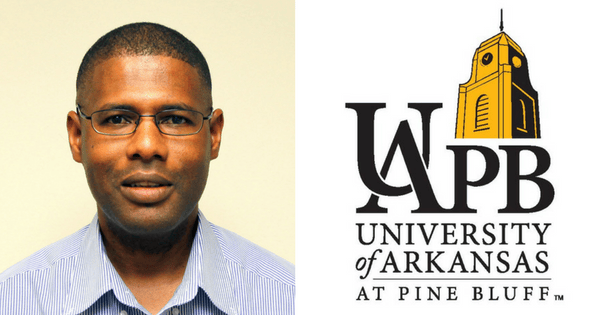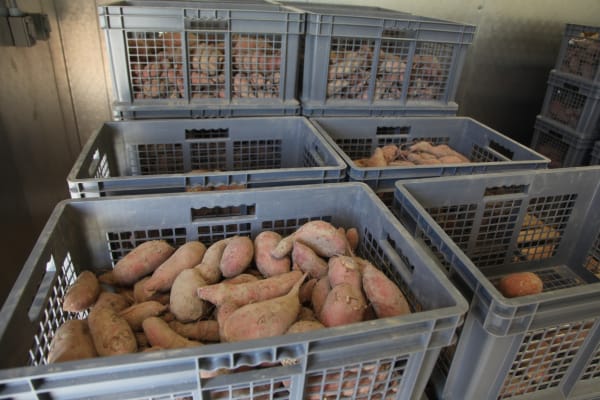

Uh oh...
It appears that you're using a severely outdated version of Safari on Windows. Many features won't work correctly, and functionality can't be guaranteed. Please try viewing this website in Edge, Mozilla, Chrome, or another modern browser. Sorry for any inconvenience this may have caused!
Read More about this safari issue.

You can feel Shaun Francis’ excitement and passion when he talks about sweet potatoes. You may even find yourself becoming enraptured as you listen to him describe the tedious, but important work he and other researchers are doing at the University of Arkansas at Pine Bluff.

If you know anything about sweet potatoes, then you know October is harvest time for this southern, fall staple that has now become a year-round food product. Arkansas is among the top ten states in sweet potato production, which has increased substantially over the last 15 years. Nationwide, the USDA reported production increased by six percent each season from 2000 to 2014 and resulted in record high production of more than 29 million hundredweight (cwt).

Shaun Francis, a research horticulturist at UAPB’s School of Agriculture, Fisheries and Human Sciences is helping Arkansas farmers increase their yields with new planting materials. He works with small and limited-resource farmers on a variety of vegetable and fruit topics, with an emphasis on growing sweet potatoes.
“I get a lot of satisfaction from working with these farmers. I work with a guy in Brinkley, and just being able to go there once a week and figure it out piece by piece… it was like unraveling a puzzle. That’s one of the best things,” Francis said. “I worked with a group in Eudora, and it’s amazing to see how a group that had so little accomplish so much.”

This season, Francis and other researchers expect the clean planting materials produced through UAPB’s Sweet Potato Foundation Seed Program will translate into an improved harvest for farmers throughout Arkansas. Farmers usually save seeds from a previous harvested crop and plant them the next year, repeating this cycle each season. New seed, never before planted is called generation one, or G1. “Every year, the sweet potatoes you save are a year older, and it’s not recommended to use beyond the fourth generation,” Francis said. However, many Arkansas farmers use G7 or G8 seeds, which often lead to diminished yields that contain viruses.

UAPB researchers go through a multi-step process to grow virus-free sweet potato plants. Those plants, produced in a lab, are then transferred to a greenhouse for multiplication, then finally to the field for production as seeds. The best roots are selected to sell to farmers as seed stock. UAPB’s Seed Program began selling its generation zero plants and G1 seeds in 2013 and expanded its program this year. “Our sweet potato program has saved the state’s largest farmer probably $20,000 just in travel costs by using our generation zero plants that he uses to grow G1 seed. Previously, he would go to Mississippi and Louisiana to purchase seeds. He accounts for about 3,000 of the 4,000 acres used for planting sweet potatoes in the state.”
Join the Conversation
Leave a Comment
One response to “Growing Arkansas Sweet Potatoes”
 Leave a Reply
Leave a Reply
We do the work.
You check your email.
Sign up for our weekly e-news.
Get stories sent straight to your inbox!











 Leave a Reply
Leave a Reply
[…] Learn more about how farmers are Growing Arkansas Sweet Potatoes here. […]